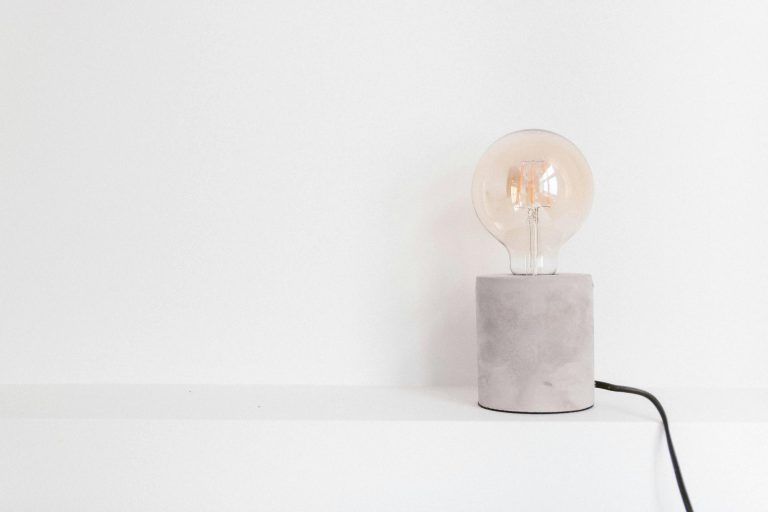As the world leans more towards digitalization, integrating smart home devices into our living spaces has become more than a luxury—it’s evolving into a necessity. While the plug-and-play simplicity of many smart devices appeals to the masses, the true potential of these gadgets is unlocked through professional wiring.
This integration not only ensures a seamless operation but also elevates the functionality and efficiency of your smart home system. Let’s unravel the layers of integrating smart home devices with professional wiring, merging modern convenience with the sophistication of high-tech living.
The Foundation of Smart Home Integration
At the core of any smart home system lies its network and wiring infrastructure. Professional wiring forms the backbone that supports high-speed, reliable communication between devices.
Unlike conventional setups, smart homes demand intricate wiring solutions to accommodate the transfer of data and energy. This foundation is paramount for achieving an ecosystem where devices can ‘talk’ to one another, creating a truly interconnected experience.
For those considering enhancing their homes with sophisticated smart home capabilities, hiring a professional electrician who is proficient in these modern requirements is essential.
This level of expertise ensures that not only will your smart devices function harmoniously, but they will also do so in a way that maintains the safety and integrity of your home.
Advanced Planning: The Blueprint of Integration
Integrating smart devices isn’t a spur-of-the-moment decision. It requires advanced planning and a detailed blueprint. Professional electricians and smart home consultants often collaborate to draft a wiring map tailored to the home’s layout and the homeowner’s needs.
This step is crucial for identifying optimal locations for devices and routing wiring in a manner that minimizes disruption to the home’s aesthetic and structural integrity.
Wiring Standards and Safety
In the realm of professional wiring for smart homes, adhering to standards and safety protocols is non-negotiable. The use of high-quality materials and compliance with electrical codes ensure that your smart ecosystem is not only efficient but also safe from hazards such as electrical fires or device malfunctions.
This concern for safety extends to the integration process itself, ensuring installations are conducted by certified professionals who can navigate the complexities of modern electrical systems.
The Role of Professional Wiring in Device Performance
One might wonder how professional wiring transcends the performance of smart home devices. The answer lies in the reliability and speed of the network it creates. Wired connections, as opposed to wireless alternatives, offer a more stable and faster medium for data transmission.
This difference is stark in environments filled with numerous devices, ensuring that your smart thermostat, security system, lighting, and entertainment systems work harmoniously without interference.
Future-Proofing Your Smart Home
Another aspect of integrating smart devices with professional wiring is future-proofing your home. As technology evolves, so do the capabilities of smart home devices. Professional wiring offers the flexibility to upgrade or add new devices without the need for significant rewiring.
This forward-thinking approach not only saves time and resources but also allows homeowners to adapt to new advancements effortlessly.
Embracing Technological Advances
As we look toward the future, the role of professional wiring in smart home technology is set to become even more critical.
Innovations such as AI-driven home automation systems and IoT devices will require robust and reliable wiring infrastructures to function optimally. By investing in professional wiring today, homeowners are setting the stage for a new era of smart living that is more connected, efficient, and secure.
Maintaining Aesthetic Integrity
The concern for aesthetics in smart homes cannot be understated. Wires dangling from every corner can disrupt the minimalist and sleek design desired in modern homes.
Professional wiring addresses this by concealing wires within walls, floors, and ceilings, preserving the home’s visual appeal. Special attention is given to ensuring that access to wiring does not disrupt the home’s design, blending functionality with aesthetics.
Enhanced Security Measures
Integrating smart devices with professional wiring also significantly enhances the security of your home. Professionally wired systems can include advanced security features like surveillance cameras, motion detectors, and automated alert systems that operate seamlessly together.
Such integration not only deters potential intruders but also provides homeowners with peace of mind, knowing their home is monitored and protected around the clock.
Energy Efficiency and Management
Another benefit of professional wiring in smart homes is improved energy efficiency. By enabling precise control over heating, cooling, lighting, and other energy-consuming devices, a professionally wired smart home system can drastically reduce unnecessary energy usage.
This not only aligns with environmental sustainability goals but also results in significant cost savings for homeowners over time.
Conclusion
Integrating smart home devices with professional wiring is more than just an upgrade; it’s a transformation towards a smarter, safer, and more efficient living space.
While the allure of standalone smart devices is undeniable, the true potential of these technologies is unleashed when integrated with professional wiring.
This nuanced approach guarantees not only the seamless operation of your smart home system but also caters to the aesthetic and functional demands of modern living.
As we continue to embrace the digital age, making informed decisions about our home’s infrastructure will pave the way for a future where our living spaces are as smart as the devices within them.

